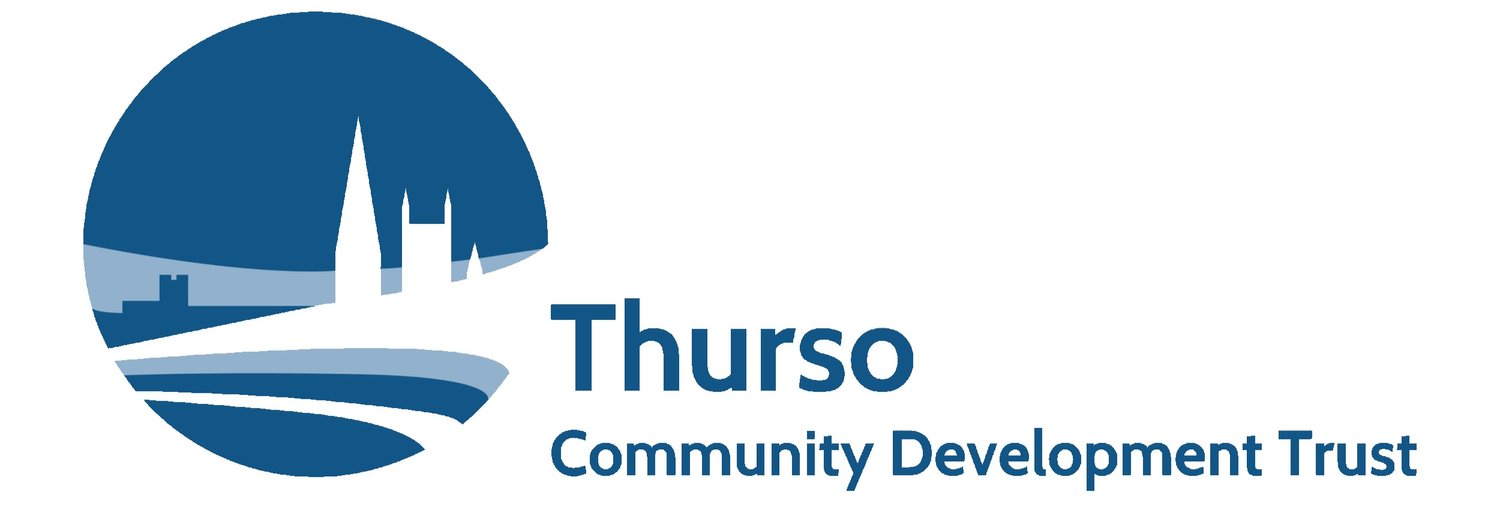This exciting event took place at the lovely event space at Thurso Grows Greenhouses.
'Store cupboard staple dyeing and a bit of colour fun' – this is how our amazing instructor Garance Warburton defined this workshop.
Our target was to experiment with natural and easily accessible dyes, that most of us can find at our cupboards or forage for in our local area.
Garance Warburton over her cauldron
At our preceding event, Natural Dye Foraging Walk, we found out that almost everything in nature that is pigmented can be used as a dye. The difference lies in the intensity of the resulting colour and complexity of dyeing process.
For the purpose of this workshop, our instructor selected the most common, cheap and sustainable, and at the same time efficient and easy to use natural dyes, - turmeric powder, coffee grounds, onion shells and black beans.
Therefore, 50% of our dyes were basically the repurposed food waste.
Our objective at this workshop wasn’t to dye a garment and get a ready product at the end. Rather, we wanted to explore the foundations of the fibre dyeing process, understand the key components, critical equipment etc., so that our participants would be able to experiment with dyeing textile independently in future.
At this session we learnt how same dyes work on various types of fibres and saw with our own eyes, how results varied from fibre to fibre, from mordant to mordant.
We felt as if we had a sneaky peak to alchemist’s workshop.
For our experiments, we used small test sized pieces of fabric, made of different fibres: wool, silk, linen and cotton.
Every type of fabric was broken down into 4 batches - batch 1 wasn’t processed by any mordants, batch 2 was subjected to ferrous sulphate (in less fancy words, it was soaked with rusty nails for a while), batch 3 was processed with alum.
For turmeric, coffee and onion skins we used hot dye baths.
Black beans were soaked in cold water for a prolonged period of time, and then test samples were added to the resulting liquid.
Needless to say, no coffees or biscuits could contain our impatience to see the end results of our experiments!
Our findings were inspiring!
For example, here you can see the vivid difference that mordants make to the appearance of the wool and silk test samples, dyed with turmeric: in case of no mordant they took rich yellow colour, and the samples pre-treated with iron, turned rich brown. At the same time, cotton samples didn’t show any difference and were mustard yellow in both batches.
Of course, we wore protective gloves at all times while working with dyes and mordants, and urge everyone who would like to experiment with dyeing fabric, to do the same!
We were also experimenting with changing the pH scale: the sky blue colour is what we received from soaking samples in black beans water. But after adding vinegar or soda bicarbonate to some of the samples, the batch with alum and no mordant turned magenta or purple, and fabric pre-treated with iron took lovely shades of gray!
And as you can see, different fibres reacted differently and acquired various shades of colours.
This is why keeping records and having the dye journal is so important. That’s where all factors are to be fixed and samples attached. We would recommend keeping the dye journal as a good practice to anyone who decided to take on this exciting journey.
In the intervals, while we were waiting for our dye baths to get ready, we were practicing some botanical printing.
We used old cotton sheets that we rescued from landfill as our practice fabric, and the plants that we could find on our way to the workshop or at the Greenhouses.
So, as you can see, with only few hours spent at introductory session, our participants made a lot of fascinating discoveries and achieved exciting and impressive results!
Dyeing natural fibres with natural dyes is not as daunting as it might sound, and we hope that we managed to bust this myth with this workshop, and that we inspired some of you to give it a go!
We express our huge gratitude again to Garance Warburton for organizing and delivering such a complex and impressive workshop! We want to emphasize that Garance is our very own local expert, and this wealth of knowledge and skill is right on our doorstep, available for anyone who is keen to learn.












